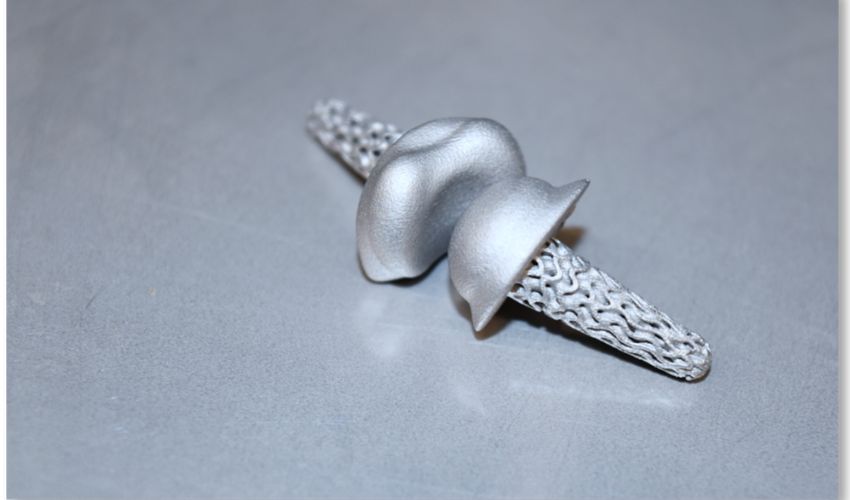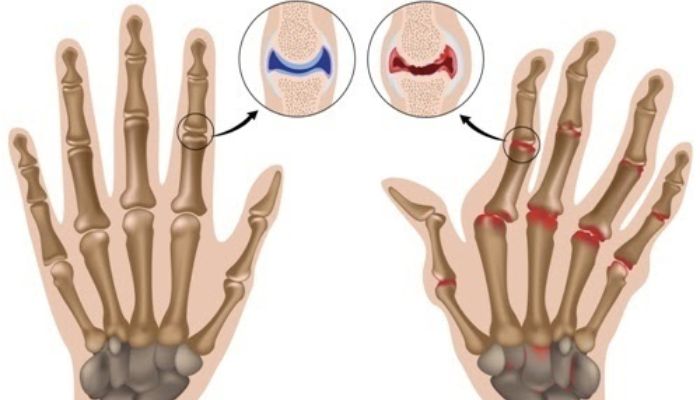3D Printed Finger Implants Could Revolutionize Rheumatic Disorder Treatment

With 1 in 3 American adults living with doctor-diagnosed arthritis, a painful and difficult-to-treat condition, medical advances are essential for improving their quality of life. The Fraunhofer Institute, a German research organization with 76 bases across the country, has worked on the development of 3D printed finger implants which can be personalized to the patient. The research was a collaboration between the Fraunhofer Research Institution for Additive Manufacturing Technologies (IAPT), the Fraunhofer Institute for Ceramic Technologies and Systems (IKTS), the Fraunhofer Institute for Toxicology and Experimental Medicine (ITEM), the Fraunhofer Institute for Mechanics of Materials (IWM) and the Fraunhofer Institute for Digital Medicine (MEVIS).
Technical Method
The team used AI-based software to turn 2D photos into 3D models, which they were then able to use to make an individualized implant model to be 3D printed. It is hoped that this method will in the future eliminate the need for time- and resource-consuming CT scans.

Arthritis sufferers, such as that of the hand on the right, could benefit from 3D printed finger implants. (Photo credit: FORM Hand Therapy)
They used metal binder jetting to produce the finger implants. Dr. Philipp Imgrund, head of the AM Process Qualification department at Fraunhofer IAPT, explains that this method allows for ‘extremely precise production’ of the implants and enables the structure to be created in a manner which facilitates its growth and incorporation into the bone. Post-processing requirements are also few.
What Could This Mean For Patients?
The production of these fingers could be massively important for the treatment of arthritis and similar conditions in the hand. Surgery is usually a last resort and currently, surgical options are limited to joint fusion, which involves drastic loss of mobility, silicone implants, which can break easily, or standard implants. According to the Arthritis Foundation, some studies have found that up to 30 percent of silicone implants fail within 10 years. These personalized 3D printed implants could therefore be a viable alternative treatment. Similar treatments using 3D printing have included a 3D printed ‘scaffold’ to replace traditional breast implants.

The Fraunhofer Additive Alliance® is a working group for 3D printing technologies within the institute. (Photo credit: Fraunhofer)
This project, while exciting, is very much in the early stages. According to the research team, the next step is to obtain approval and seek corporate partners to bring the product to the market. In terms of the wider implications, they hope to create a ‘center for AI-based development and certification-compliant evaluation of personalized implants’. You can find more information from the press release HERE.
What do you think of this new potential surgical treatment for arthritis? Let us know in a comment below or on our LinkedIn, Facebook, and Twitter pages! Don’t forget to sign up for our free weekly Newsletter here, the latest 3D printing news straight to your inbox! You can also find all our videos on our YouTube channel.
*Cover photo credit: Fraunhofer Institute






